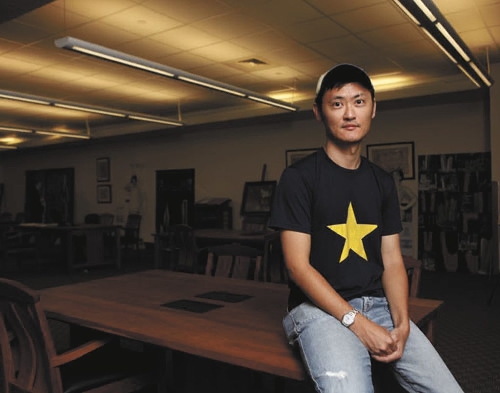Singapore tames gaming beast


Singapore’s government approved the country’s first casinos in 2006, putting the city-state in a leading position among a growing number of Asian nations to legalize gambling.
Singapore’s plans for two casino resorts — Marina Bay Sands and the casino at Resort World Sentosa — sparked a heated debate in a country where the government is unaccustomed to opposition to its policies.
“When Singapore was debating whether to legalize gambling it was very careful to distinguish itself from the Las Vegas and Macau model,” said Kah-Wee Lee, a resident scholar with the Center for Gaming Research at the University of Nevada, Las Vegas. “It might be misguided or naive, but Las Vegas casinos are considered theme parks.”
Lee said it was also a politically sensitive issue because for a long time they had positioned themselves as a kind of moral authority.
“This is not a casino city, but this is a city of high finance,” he said. “Gambling is part of a high-finance city. What they also wanted is (to) reinvigorate the tourism industry. Gambling was seen as a necessary evil.”
Which is why Singapore resorts are more about luxury and hospitality than gambling. Lee said if you look closely at what was built at Marina Bay, “the casino is very much hidden.”
He said that’s why architect Moshe Safdie was chosen to design them. Safdie, who designed the Art Science Museum at Marina Bay Sands, is best known for building museums and social housing.
“It’s about the architecture,” he said. “The emphasis is not on the casino, which is only 3 percent of the floor (space).”
Lee, a Singapore native and doctoral candidate in architecture at the University of California, Berkeley, was one of five scholars selected recently for a month-long residency at UNLV Special Collections as part of its Gaming Research Fellow program.
“The program has helped raised the profile of research into gaming,” said David Schwartz, director of the Center for Gaming Research. “We are uniquely situated to do that.”
Since the program began in 2007, 15 faculty members and graduate students from around the world have participated in the month-long research fellowship supported by private donors.
“I’m happy with the growth of the program. We are bringing people into Las Vegas to do (academic) research,” Schwartz said.
Lee’s thesis at Berkeley looks at how architectural design, urban planning and other environmental factors help in taming vice in Singapore and Macau.
“I want to stress that when I use the phrase ‘the taming of vice,’ I am not saying that gambling is (strictly) a vice,” he said. “Rather, it its one those activities that has two faces — one legal, one illegal; and one moral, one immoral.”
In fact, many vices have a “tamed” form, he said. Making a bet on the street, for example, is illegal in most places while doing so in a casino is accepted in most states.
Lee said that in Singapore it’s about creating a type of gambling experience that’s exciting, but not in excess.
“The line is always moving between excess and restraint,” he said. “Just look at our state-sponsored lottery draws. It’s a very restrained affair, with no women holding cards … just a man announcing it.”
Lee described the process as “very masculine, with no seduction.”
“The state conducts the lottery, but it can’t be seen as supporting gambling. That attitude has carried over to the casinos in Singapore,” he said.
Over his four weeks in Las Vegas, his work will focus on the work of architect Martin Stern and on the way slot machine manufacturers use new technology in a sophisticated attempt to re-create human emotions.
Lee’s visit to UNLV will conclude on Sept. 15 when he delivers a lecture as part of the Gaming Research Colloquium Series. His research will be published as part of the center’s occasional series.
Contact reporter Chris Sieroty at csieroty@reviewjournal.com or 702-477-3893.












